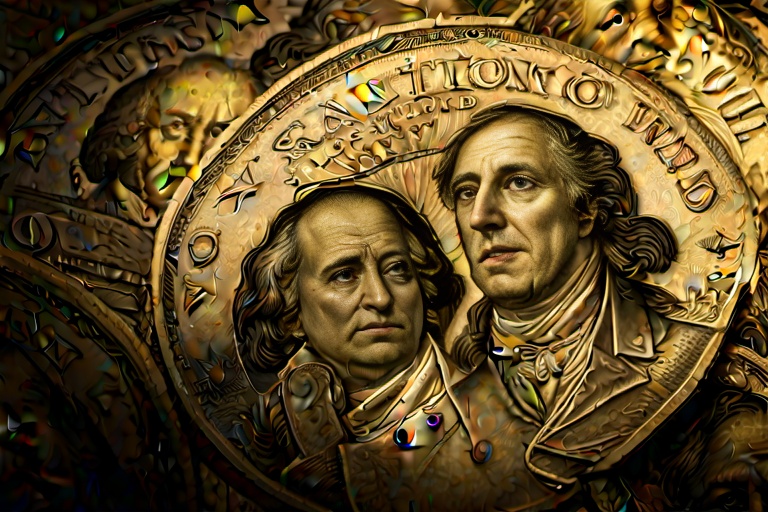The art of numismatics, or coin collecting, is a captivating pursuit that has captured the hearts of hobbyists for countless generations. With three decades of experience as both a coin dealer and a collector, I have had the privilege of seeing first-hand the intrinsic beauty and value that these small yet potent emblems of history hold. Whether engaged in for pure enjoyment or for investment purposes, numismatics introduces collectors to a myriad of historical treasures just waiting to be discovered.
The art of numismatics, or coin collecting, is a captivating pursuit that has captured the hearts of hobbyists for countless generations. With three decades of experience as both a coin dealer and a collector, I have had the privilege of seeing first-hand the intrinsic beauty and value that these small yet potent emblems of history hold. Whether engaged in for pure enjoyment or for investment purposes, numismatics introduces collectors to a myriad of historical treasures just waiting to be discovered.
The Story of Coins
Coins are remarkable storytellers. Embossed upon their surfaces are the tales of civilizations past, their art, culture, and the evolving political environment of their eras. The spectrum of numismatics is vast—spanning from coins bearing the visages of ancient emperors and deities to those commemorating contemporary feats and milestones. This rich diversity is one of many reasons that coin collecting remains a deeply fascinating and rewarding hobby.
Personalized Collections
Among the greatest pleasures of numismatics is the personal connection that collectors can establish with their pursuits. Many opt to specialize, focusing on particular historical periods such as the eras of ancient Greece or Rome. Others may choose to gather coins from a specific country or even a single mint. The field is as broad as one's interests, allowing numismatists to immerse themselves in specialized knowledge and to uncover truly exceptional pieces.
Understanding Coin Values
The value of coins is subject to several key factors, including rarity, condition, and overall demand within the market—each contributing to a coin's financial worth. The thrill of numismatics is often tied to the potential for significant appreciation in the value of coins. A seemingly commonplace piece can garner immense demand, transforming into a highly coveted and valuable item among collectors.
For novices entering the world of numismatics, grasping the fundamentals of coin valuation is crucial. Rarity, condition, and historical importance are determinant factors in assessing a coin's worth. Coins that are rare and well-maintained usually fetch higher prices, while those with distinctive historical contexts or limited mintage typically attract a dedicated following.
Beyond Rarity: The Joy of Sets
The scope of coin collecting extends well beyond rare or valuable specimens. Many enthusiasts take delight in assembling complete sets of coins—such as a series of U.S. state quarters or coins from each year within a certain period. These collections can grow incrementally, offering a cumulative sense of achievement and gratification with each new acquisition.
Numismatic Resources and Community
Numismatics is a field rich with resources and communal support. From coin clubs and online forums to trusted dealerships, ample opportunities exist for collectors to learn, purchase, exchange, and sell coins. This collective sharing of knowledge and experiences cultivates a strong sense of community, enhancing the hobby for collectors at all levels of engagement.
A Hobby for Everyone
Numismatics transcends age and background, intertwining history, artistry, and intrinsic value in an endlessly engaging hobby. Whether drawn to the elusive charm of ancient coins or the aesthetic appeal of modern mintings, there is something in the realm of coin collecting for all to enjoy. So, the next time you come across a piece of loose change, take a moment to appreciate its potential as a hidden treasure.
Information for this article was gathered from the following source.

